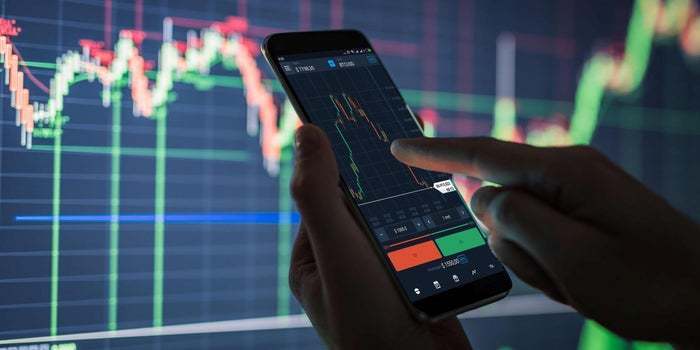Everything You Should Know About Algorithmic Trading
Algorithmic trading (also known as black-box trading, automated trading, or algo trading) uses a computer program which follows a specific set of instructions (an algorithm) for trading. The trade, in theory, generates profits at speed & frequency, which is impossible for a human trader.
The defined set of instructions is based on time, price, quantity, or any mathematical model. Apart from the profit opportunities for traders, algo trading renders markets more liquid & trading more systematic by ruling out the impact of human emotions on the trading activities.
Types of Algorithmic Trading Strategies
Any algorithmic trading strategies require an identified opportunity which is profitable in terms of improved earnings or cost reduction. The following are the common trading strategies that are used in algo-trading:
Momentum/Trend Following
This type of algorithm seeks to find a trend in the organization’s stock price by using different technical or quantitative indicators for analyzing the available information. Once these are identified, the trade can be placed depending upon the perceived profitability of the strategies.
Statistical Arbitrage
One of the examples of this type of algorithmic trading strategies is pair trading where we look at a ratio/spread between the pair of stocks’ prices that are cointegrated. If the value of the spread goes beyond the expected range, then you can buy the stock that has gone down and sells the stock that has outperformed in the expectation that the spread will go back to its normal level. Statistical arbitrage has the capability of working with a hundred or more stocks in its portfolio, which are classified according to several factors and can be fully automated from both the analysis and execution perspective.
Machine Learning-based Algorithms
In simple words, the historical data of the markets is used and feed to the machine learning algorithm that they have designed. The data is divided into training & testing data. This type of strategy learns the patterns & features from the training data and trains itself to take decisions such as identifying, classifying, or predicting the new data or outcomes. The algorithm continues to learn from the positive/negative outcomes, for improving the accuracy & performance.
Benefits of Algorithmic Trading
• It helps in executing the trades at the best possible prices.
• Trade order placements are instant & accurate; this means that there
are high chances of execution at the desired levels.
• The correctly timed trades help in avoiding significant price changes.
• It helps in reducing transaction costs.
• Simultaneous automated checks on multiple market conditions.
• The risk of manual errors while trading reduces.
• It can be back-tested by using the available historical and real-time data to see if it’s a viable trading strategy.
